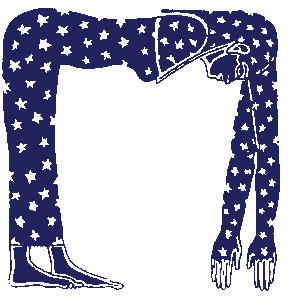

In Egyptian mythology, Nut (Nuit, Darkness) also known by various other transcriptions, is the goddess of the sky, stars, cosmos, mothers, astronomy, and the universe in the ancient Egyptian religion. She was seen as a star-covered nude woman arching over the Earth, or as a cow. She was depicted wearing the water-pot sign (nw) that identifies her.
Nut is the daughter of Shu and Tefnut and was one of the Ennead. The sun god Re entered her mouth after the sun set in the evening and was reborn from her vulva the next morning. She also swallowed and rebirthed the stars. She was a goddess of death, and her image is on the inside of most sarcophagi. It was believed the pharaoh entered her body after death and was later resurrected.
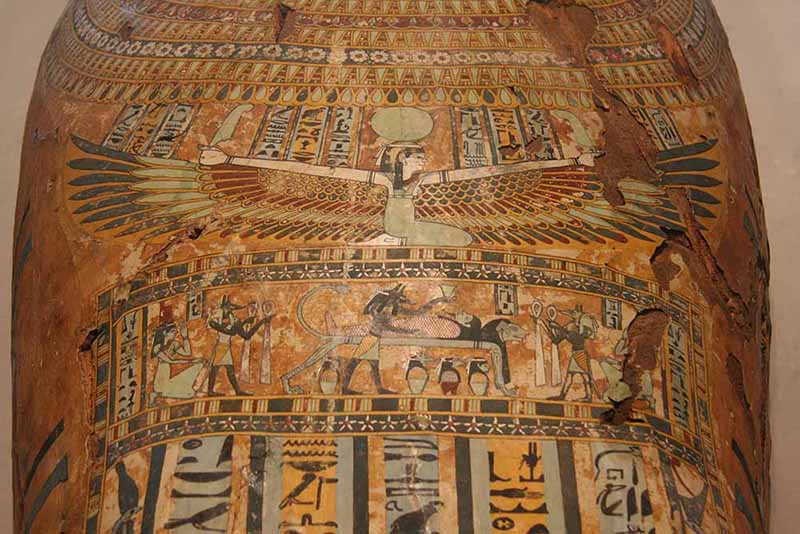
In art, Nuit is depicted as a woman wearing no clothes, covered with stars and supported by Shu; opposite her (the sky), is her husband, Geb (the Earth). With Geb, she was the mother of Osiris, Horus, Isis, Set, and Nephthys. During the day, Nut and Geb are separated, but each evening Nut comes down to meet Geb and this causes darkness. If storms came during the day, it was believed that Nut had some how slipped closer to the Earth. Nut is the barrier separating the forces of chaos from the ordered cosmos in this world. Her fingers and toes were believed to touch the four cardinal points or directions.
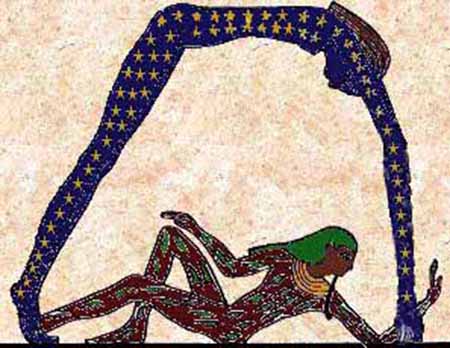
The sun god Re was said to enter her mouth after setting in the evening and travel through her body during the night to be reborn from her vulva each morning. She was shown in Egyptian artwork as a dark, star-covered naked woman, holding her body up in an arch, facing downwards. Her arms and legs were imagined to be the pillars of the sky, and hands and feet were thought to touch the four cardinal points at the horizon. Far underneath her lay the earth god, Geb, sometimes ithphallyic, looking up at his sister-wife. She was also described as a cow goddess, taking on some of the attributes of Hathor. Geb was described as the "Bull of Nut" in the Pyramid Texts. As a great, solar cow, she was thought to have carried Ra up into the heavens on her back, after he retired from his rule on the Earth. At other times, she was just portrait as a woman wearing her sign - the particular design of an Egyptian pot on her head. She gives birth to the sun in the east and swallows the sun in the west.
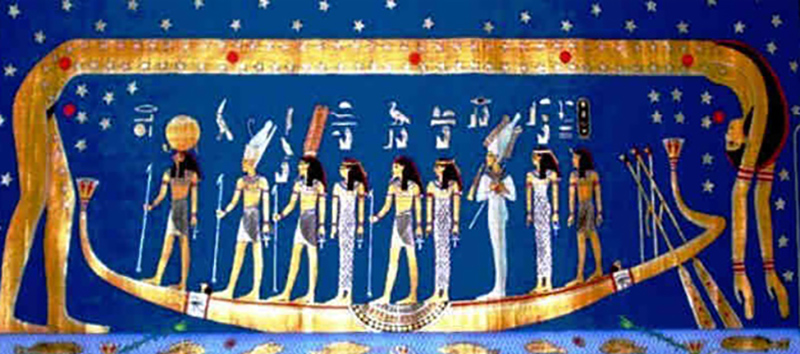
In another myth Nut gives birth to the Sun-god daily and he passes over her body until he reaches her mouth at sunset. He then passed into her mouth and through her body and is reborn the next morning. Another myth described the sun as sailing up her legs and back in the Atet (Matet) boat until noon, when he entered the Sektet boat and continued his travels until sunset. As a goddess who gave birth to the son each day, she became connected with the underworld, resurrection and the tomb. She was seen as a friend to the dead, as a mother-like protector to those who journeyed through the land of the dead. She was often painted on the inside lid of the sarcophagus, protecting the dead until he or she, like Ra, could be reborn in their new life.
In the Book of the Dead, Nut was seen as a mother-figure to the sun god Ra, who at sunrise was known as Khepera and took the form of a scarab beetle (at noon he was Ra at his full strength, and at sunset he was known as Tem (Temu, Atem) who was old and weakening):
The Company of the Gods rejoice at thy rising, the earth is glad when it beholdeth thy rays; the people who have been long dead come forth with cries of joy to behold thy beauties every day. Thou goest forth each day over heaven and earth, and thou art made strong each day by thy mother Nut....
Homage to thee, O thou who art Ra when thou risest, and who art Tem when thou settest in beauty. Thou risest and thou shinest on the back of thy mother [Nut], O thou who art crowned the king of the gods! Nut welcometh thee, and payeth homage unto thee, and Maat, the everlasting and never-changing goddess, embraceth thee at noon and at eve....
The gods rejoice greatly when they see my beautiful appearances from the body of the goddess Nut, and when the goddess Nut bringeth me forth.
She was also called on to help the deceased in one of the spells of the Book of the Dead:
There were many festivals to Nut through the year, including the 'Festival of Nut and Ra' and the 'Feast of Nut'. But, despite being a protector of the dead, she was a personification of the sky - a cosmic deity - and no temples or specific cult centers are linked to her.
She was thought to be the mother of five children on the five extra days of the Egyptian calendar, won by Thoth - Osiris who was born on the first day, Horus the Elder on the second, Set on the third, Isis on the fourth, and Nephthys the last born on the fifth day. The days on which these deities were born were known as the 'five epagomenal days of the year', and they were celebrated all over Egypt:
1. Osiris/Thoth - an unlucky day
2. Horus the Elder - neither lucky nor unlucky
3. Seth - an unlucky day
4. Isis - a lucky day, "A Beautiful Festival of Heaven and Earth."
5. Nephthys - an unlucky day
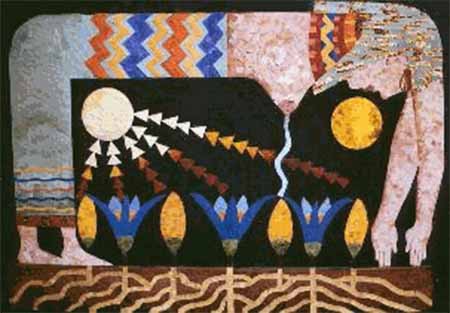
Nut sometimes appears in the form of a cow whose body forms the sky and heavens. Nut in this form represents the Great Kau (Cow), the Great Lady who created all that exists - the Cow whose udder gave forth the Milky Way. In the form of a great cow her eyes represent the sun and the moon. She is pictured as a giant sow, suckling many piglets. These piglets represented the stars, which she swallowed each morning before dawn. Other cows goddesses include Seshat and Hathor.
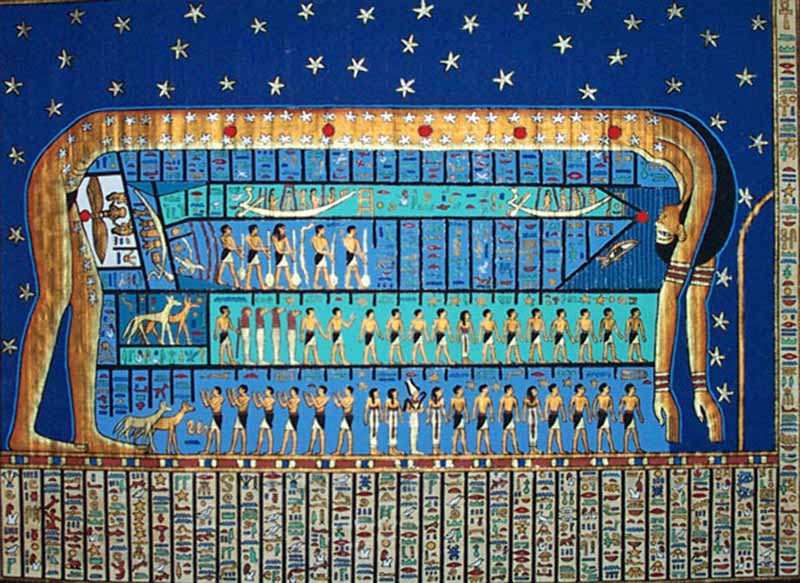
Nut - Egyptian Solar Disc
On the Southern section of this image - Nut has ten solar disks running along her body, as well as one at her mouth and another one at the birth canal between her legs painted with the image of Khepri (the god of coming into being). No disks are depicted on the northern facing Nut because the sun is always seen to traverse the southern part of the sky in Egypt.

Nut at Dendera - Chapel Ceiling
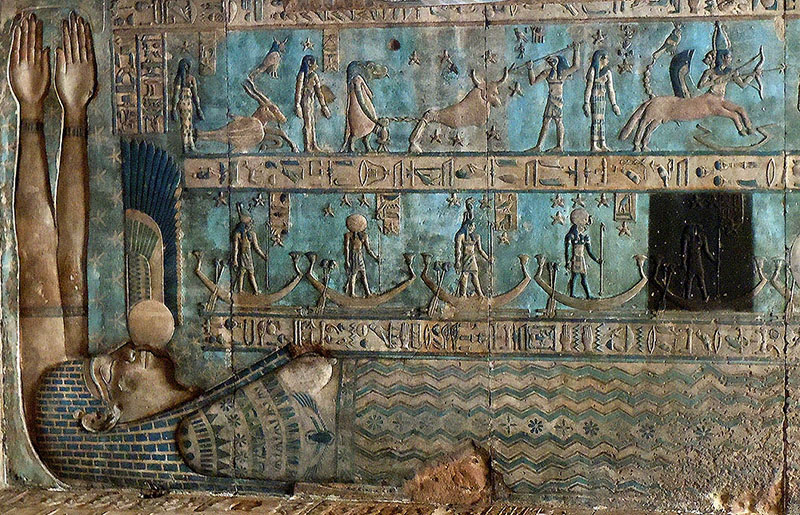
Relief of the moon on a pillar found on the astronomical ceiling
of the outer hypostyle hall in the Temple of Hathor at Dendera
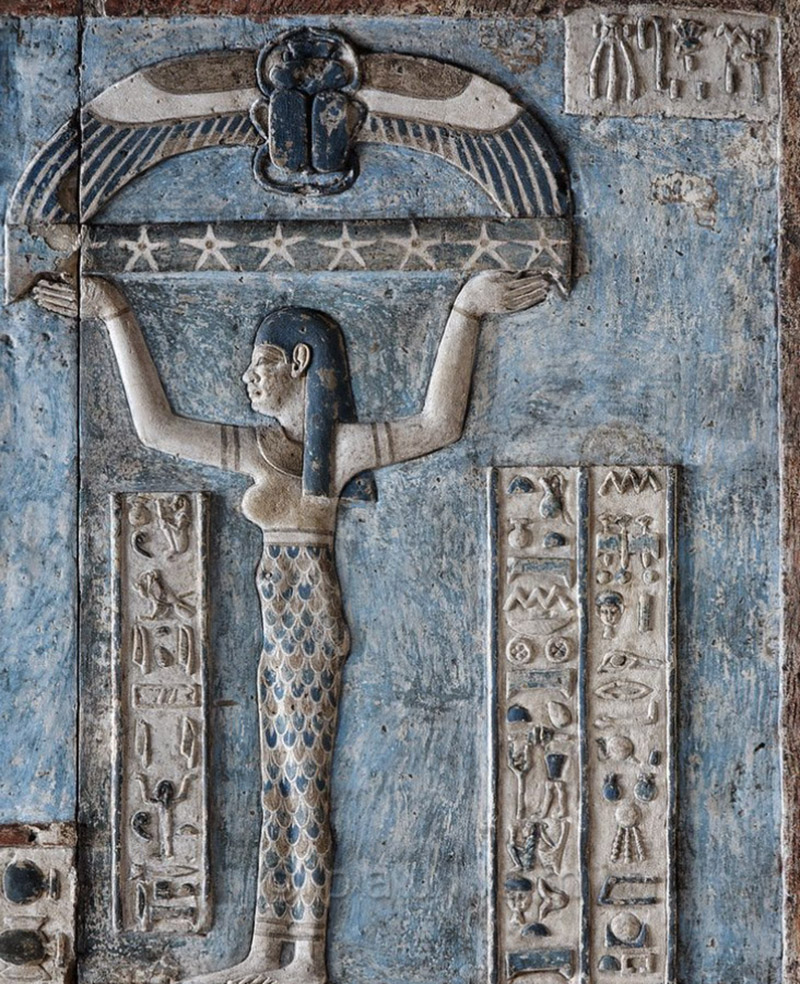
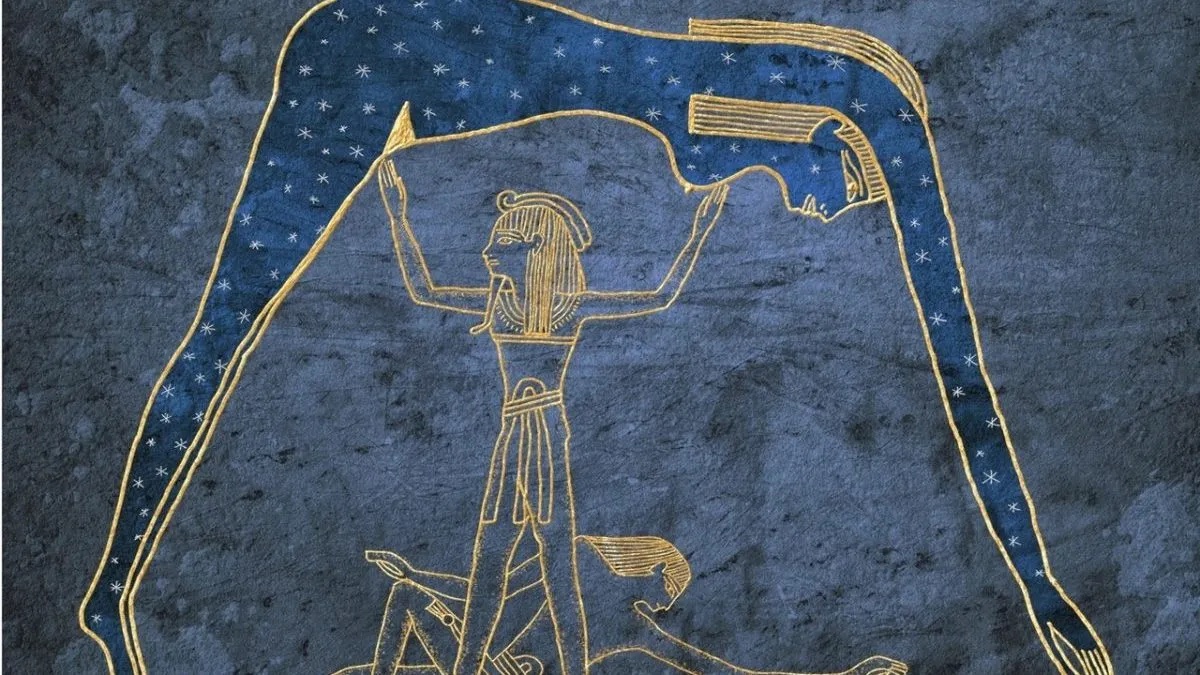
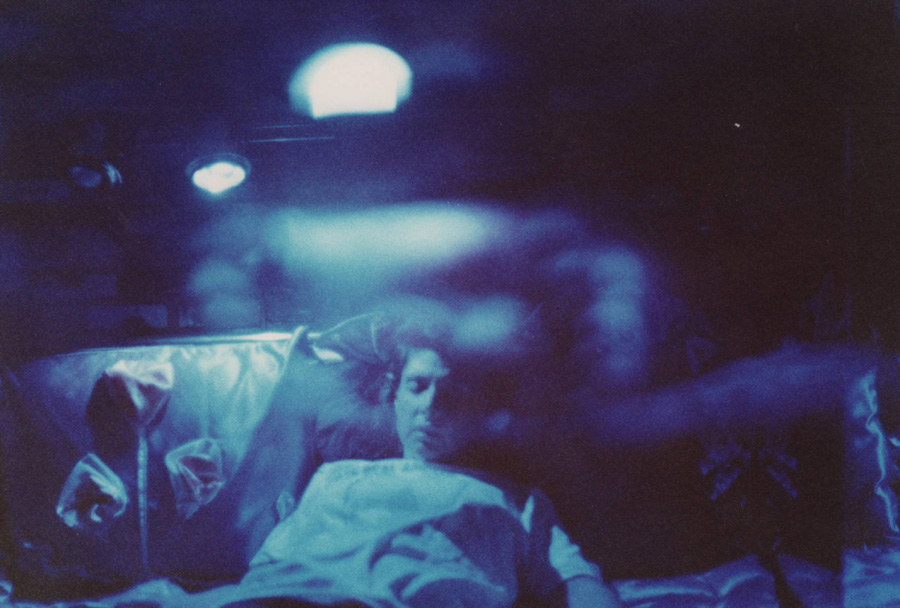
Ellie's Blue Time Traveling Photo (arm with Anunnaki wrist time travel device) - reminds me of Egypt Goddess Nut and so much more. This pic was taken during a past life regression by a friend named Mike in a dark room with infrared film.
Nut - Nuit - Darkness - Scarab (Rebirth when you wake up). Is reality a dream?